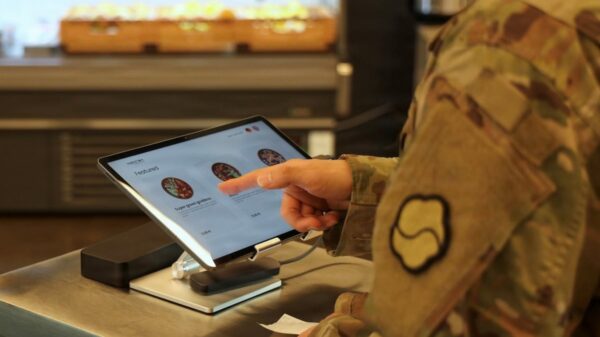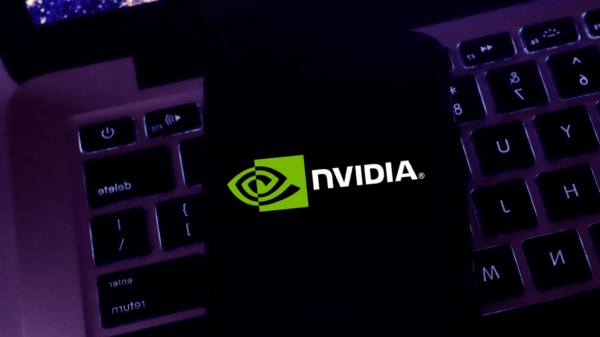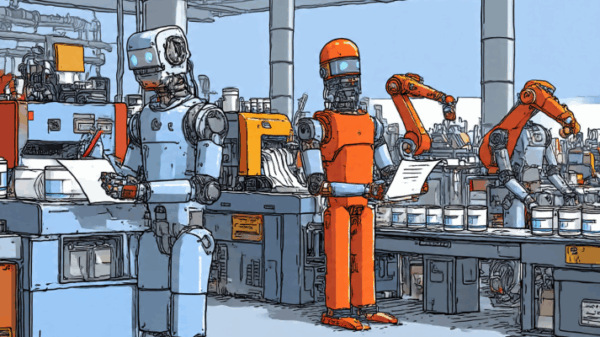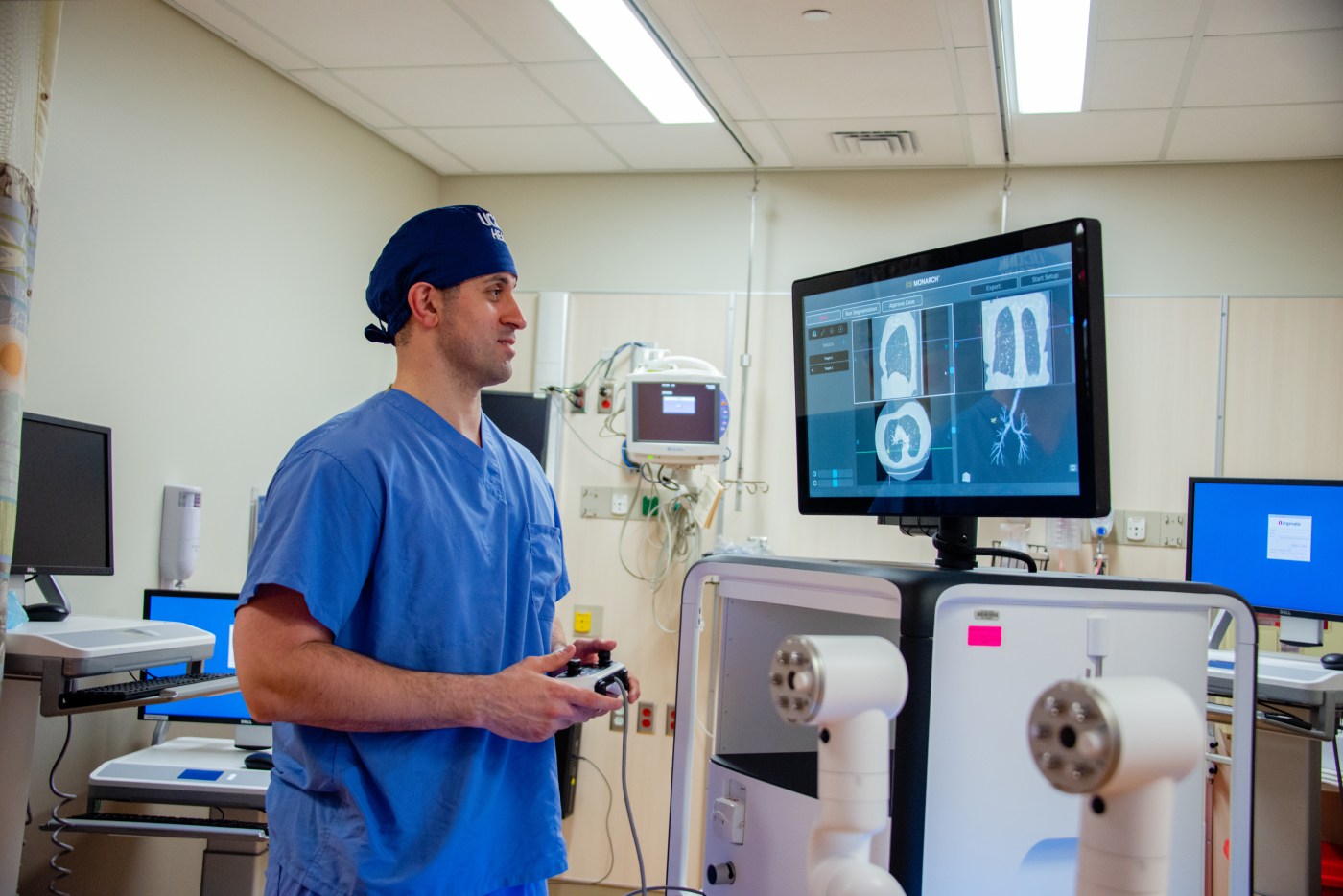A patient in her 20s at UConn Health received an early cancer diagnosis, thanks to the innovative use of artificial intelligence (AI) in medical imaging. The AI technology identified a small abnormal area on a CT scan while she was being treated for pneumonia. This timely detection allowed her to continue participating in her athletic pursuits as a cross country and track and field athlete.
Dr. Omar Ibrahim, service chief for the Neag Cancer Center and director of interventional pulmonary at UConn Health, emphasized the significance of this technology. He noted that typically, clinicians do not suspect cancer in younger patients, making AI a crucial tool for early detection. “It has a huge ability to catch so much more in a short amount of time and filter information for us at a capacity that would require multiple people to do,” he stated. With this advanced technology, the healthcare team can identify at-risk patients who need further investigation, thereby enhancing the overall quality of patient care.
Enhancing Diagnostic Accuracy
The integration of AI into radiology and pulmonary medicine at UConn Health has brought about a paradigm shift in how doctors triage patients. AI modules, now numbering 12, are designed to flag imaging studies requiring urgent attention due to potential acute findings. Dr. Michael Baldwin, an attending radiologist at UConn Health, explained that one such module, which examines intracranial bleeds, boasts over 95% sensitivity and more than 94% specificity.
“When a family member arrives in the ER with symptoms of chest pain, they want to be treated as soon as possible,” Baldwin said. “It is reassuring to know that there is a system in the background flagging critically ill patients.” The AI’s role is not to replace human expertise but to assist radiologists by highlighting potential issues that require further investigation.
Dr. Ibrahim also pointed out that every CT scan performed at UConn Health is reviewed by AI, which includes assessments of lung nodules—small growths that may indicate cancer. “The vast majority of lung nodules are benign, but our best chance to treat lung cancer is to catch it in its infancy,” he explained. Although most findings do not warrant concern, identifying even a few significant cases can make a substantial difference in patient outcomes.
Challenges and Future Prospects
While the potential of AI in medicine is impressive, both Dr. Ibrahim and Dr. Baldwin acknowledged the challenges it presents, particularly regarding patient data security. Ensuring the integrity and confidentiality of patient information is paramount, with UConn Health emphasizing that its cybersecurity team actively works to encrypt data.
Concerns about AI replacing healthcare jobs have also surfaced, but medical professionals remain skeptical of such outcomes. Instead, they predict a shift in responsibilities, allowing workers to focus on more complex tasks rather than routine data collection. The National Institutes of Health has highlighted that AI aims to complement rather than replace healthcare providers.
Dr. Baldwin noted that while AI can assist in preliminary diagnoses, it is not infallible. There are instances where the technology may indicate an intracranial bleed when none exists. “We need a physician to render an opinion on that finding and communicate it to the clinician caring for the patient,” he stressed.
As AI technologies continue to evolve, Dr. Ibrahim expressed optimism about their future impact. “Overall, our care is improved with the use of AI, and in the next five years, it will be fascinating to see where it goes and how much better it gets,” he said.
The integration of AI at UConn Health exemplifies a significant advancement in medical practice, highlighting the potential of technology to improve patient outcomes while maintaining the essential human element in healthcare.







































































